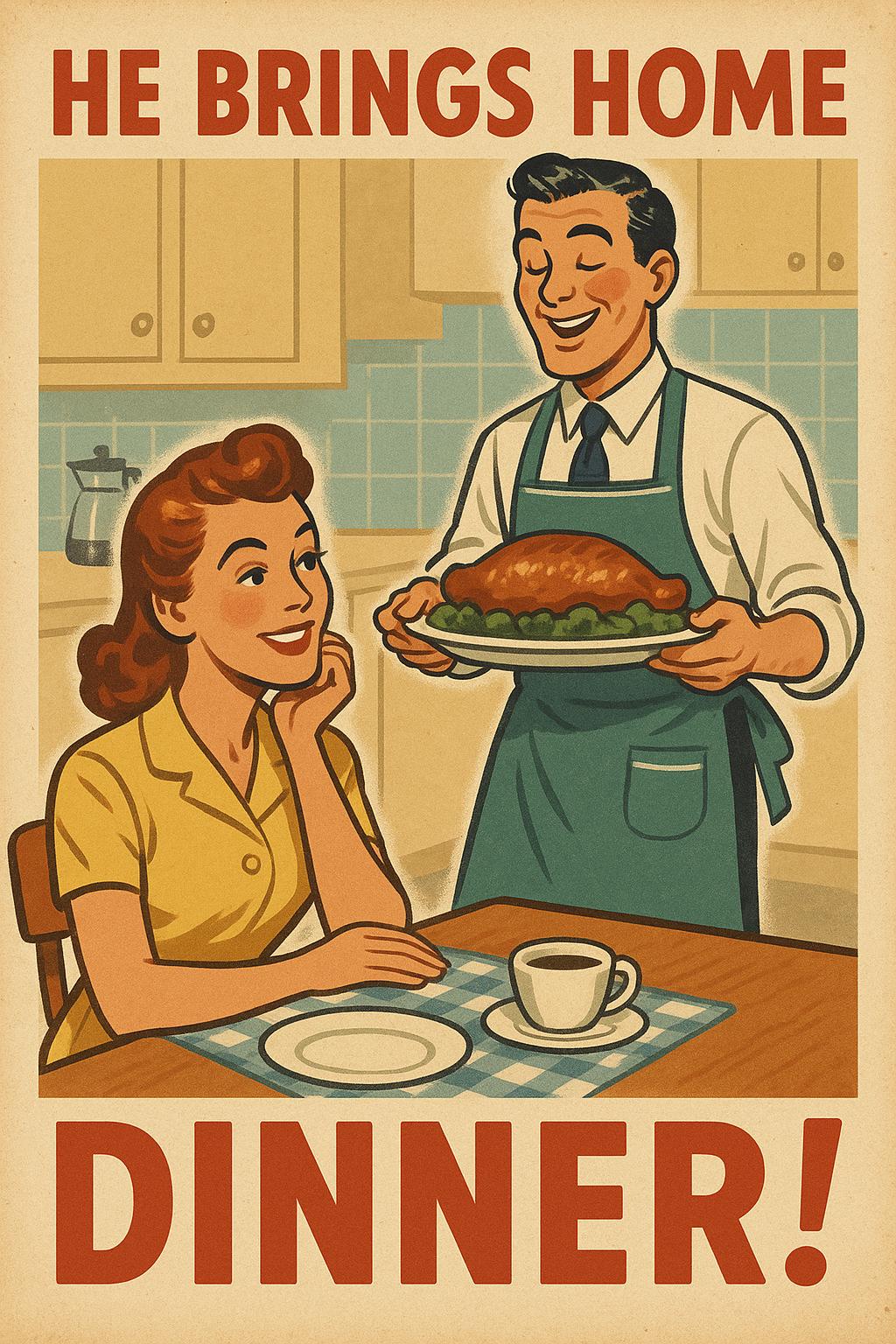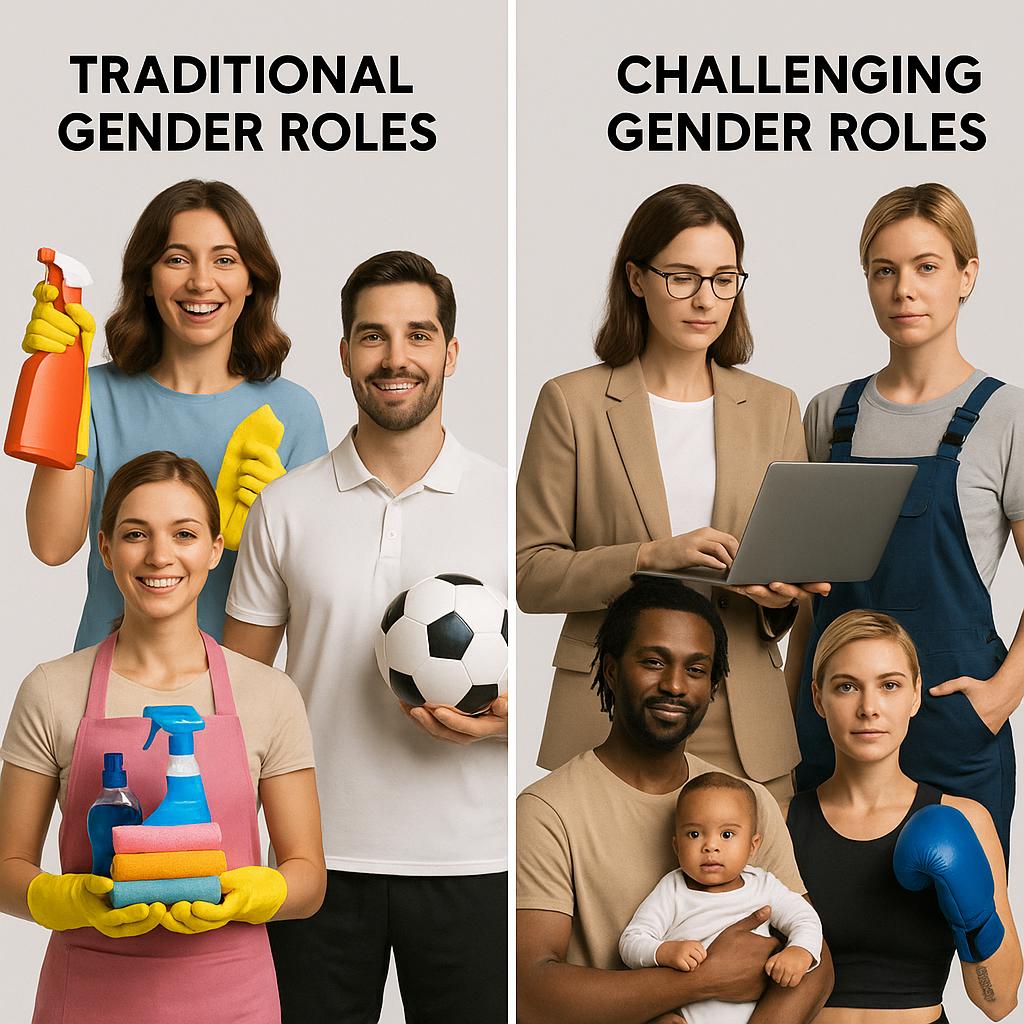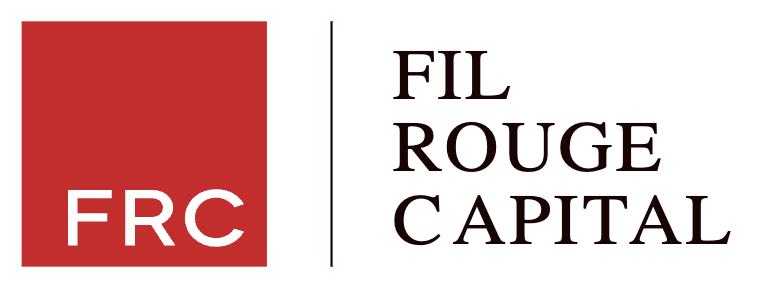If you’ve ever rolled your eyes at a ‘mom doing laundry’ or ‘man figuring out tech’ ad, you’ve seen gender stereotypes in marketing in action.
And yes, they’re bad for both business and society.
They limit reach and engagement, increase legal risks and the chance of reputational damage, and reinforce gender inequality.
In this article, we’ll look at how these old habits started, how they linger today, and practical steps marketers can take to be inclusive and smart.
Key Takeaways
- Gender stereotypes in marketing reinforce inequality, limit reach, and create risks with regulators and watchdogs. They benefit neither business nor society.
- Inclusive advertising can lift brand preference, cut backlash, and open new segments. It also improves employee pride and creative range.
- Progress is uneven across categories. Beauty and fashion, tech and finance, and sports and lifestyle show different patterns.
- A clear process is important. Audits, language guidelines, diverse review panels, and pre‑testing reduce bias before launch.
- Results are measurable. Track attitudinal equity, conversions by segment, and long‑term brand lift to connect inclusion to revenue.
How Marketing Used to Show Gender
In the early days of mass advertising, men were cast as decision makers and women as caretakers. Household products leaned on domestic scripts.
Car and finance ads framed men as rational and women as anxious or impulsive. Packaging, voiceovers, and placement cemented those cues.
As broadcast media grew, so did coded color palettes, taglines, and stereotypes. The effect went beyond ads. Brands helped shape norms around work, parenting, and “appropriate” interests.
Segmentation matured, yet the core stories stayed narrow for decades. That legacy still shows up in briefs, style guides, and stock libraries.
It affects casting and copy choices in subtle ways, even when teams aim for neutrality.
Gender Stereotypes in Marketing Today
Today’s media is more fragmented, yet familiar patterns persist.
Stereotypes appear in creative strategy, persona development, and ad targeting. They also show up in influencer briefs, product naming, and UX copy.
The issues vary by category.
Beauty and fashion industries
Beauty still leans on perfection. Women are framed as objects of attention and men as subjects of action.
Product shots often imply correction: hide pores, tame hair, erase age.
Even when brands include men, grooming is positioned as a shortcut to confidence rather than a basic routine.
There is movement, though. More brands now feature diverse body types, different ages, and cultural hair and skin needs. Inclusive shade ranges and imagery in natural light help.
Still, tokenism appears when campaigns spotlight one “different” model but keep the core narrative unchanged.
If a team wants a quick fix here, it should rethink problem‑solution framing.
It can show agency, not judgment. It can also expand occasions beyond parties and dates to include work, sports, and everyday life. That shift brings the story back to people, not perfection.
Technology and finance
Tech and finance often code confidence as masculine.
- Visuals show men with complex dashboards while women review “easy to use” mobile screens.
- B2B sites showcase male engineers and founders.
- Retail banking targets women with savings tips, and men with investing content.
Language carries weight. Words like power, conquest, and dominance hint at exclusion. Instead, teams can center clarity, proof, and partnership.
As more women enter STEM and finance roles, audience expectations have shifted.
Showing real professionals in real contexts increases credibility. It also reduces cognitive dissonance that can undermine trust.
Sports and lifestyle marketing
Sports ads still default to male athletes in peak performance mode.
Women appear as fans, beginners, or wellness seekers.
Fatherhood gets laughs as a novelty. Motherhood gets reverence but also responsibility.
Better work now celebrates skill, not novelty. Women’s leagues, para‑athletes, older athletes, and weekend players deserve equal craft.
When a brand shows a dad packing lunches or a woman coaching, it normalizes care and leadership for everyone. That adds depth and expands usage occasions across the calendar.
Even small production choices change meaning. Camera angles that show action, not just smiles, treat female athletes as competitors. Wardrobe that matches the sport keeps the frame respectful. Scoreboards, sweat, and sound design sell performance.
| Pattern to watch | Stereotyped portrayal | Inclusive portrayal |
|---|---|---|
| Parenting roles | Dad as bumbling babysitter | Dad as confident caregiver |
| Money decisions | Man as decision maker | Shared decision making |
| Fitness goals | Women for toning, men for strength | Strength and skill for all |
Why Stereotypes Can Be Harmful
Gender stereotypes shrink markets. When a brand assumes only one gender uses or decides, it narrows reach and weakens word of mouth. As a result, acquisition costs rise and repeat rates sink. Teams then over‑spend on promotions to hit goals.
In advertising, it can create shame, which hurts both short‑term engagement and long‑term loyalty.
Stereotypes waste creative potential. When teams lock into a single trope, they miss fun stories, product angles, and category white space. Fresh stories are harder to forget.
Gender stereotypes are bad for business, but more importantly, they have numerous negative social and psychological effects.
Repetitive cues about bodies, roles, and competence influence self‑perception and self-esteem.
In a broader social sense, stereotypes actively mold beliefs about what’s “normal” or “acceptable”, normalize unequal power dynamics and slow progress toward gender equality
Regulators have noticed. The UK Advertising Standards Authority guidance on harmful gender stereotypes set a bar that many global brands now follow. Creative that depicts people as unable to do basic tasks because of gender risks complaints and takedowns. That means higher legal review time, pulled media, and reputational damage.
What Research Tells Us
A growing research base maps the cost of narrow portrayals. Studies track representation, sentiment, and conversion outcomes to show where brands win when they take a wider view.
- The Geena Davis Institute on Gender in Media documents how representation affects perception and ambition. Its work shows how small shifts in screen time and roles change what audiences expect.
- The Unstereotype Alliance brings brands together to remove harmful content. Its guidance includes practical frameworks and case libraries.
- Kantar’s insights on progressive depictions connect creative choices with sales outcomes. Their “Getting Gender Right” resources outline challenges and payoffs for mainstream categories.
Not every study uses the same method, yet the direction is consistent.
Brands that treat people as individuals, show agency, and avoid lazy tropes tend to see stronger long‑term equity. Short‑term metrics improve as well, especially ad recall and consideration.
Moving Toward More Inclusive Ads
Teams can aim for breadth without losing focus.
The trick is to connect inclusive storytelling to real product value. That keeps the work credible and effective.
Start with occasions and barriers. Identify why someone would use the product, what stands in the way, and what context matters.
Then cast and script for a range of realities. When the story honors skill, care, humor, and ambition across genders, it rings true.
Story arcs, relatable tension, and earned payoffs drive memory. Good stories need fewer stereotypes because the audience is pulled in by truth, not tropes.
Finally, plan for context. A six‑second bumper ad needs one clean message. Longer video can carry richer roles. Static units should avoid visual shortcuts that imply ability or authority based solely on gender.

Steps Marketers Can Take
A clear process turns intent into work that ships on time.
Use this sequence to reduce bias and keep performance high.
- Audit current assets. Gather a representative set of ads, landing pages, emails, and scripts. Tag for roles, voiceover, camera angles, and decision power. Flag recurring tropes and gaps. You will spot patterns fast.
- Write practical guidelines. Define casting goals, language dos and don’ts, and visual rules. Encourage action verbs, skill displays, and shared decision making. Align tone and cadence across channels.
- Fix copy bias early. Build a checklist for headlines, CTAs, and body copy. Watch for infantilizing words, beauty shaming, and macho posturing. Check these easy ways to spot and fix AI bias in your writing.
- Pre‑test with real people. Run quick concept and animatic tests. Ask about realism, respect, and relevance. If the work relies on a cliché, scores tend to show it.
- Add quality metrics. The SeeHer Gender Equality Measure (GEM) is one option for creative testing.
- Decide how to disagree. Create a tie‑breaker rule when legal, DEI, and performance priorities conflict. A small committee with clear criteria speeds decisions and protects the creative team.
With AI tools like Stryng, it’s easy to create high-quality, inclusive, and non-biased content. Individuals and businesses can make it themselves, or contact the Stryng team to handle the entire process.
Final Thoughts
Gender stereotypes in marketing do real harm.
They shrink markets and keep brands stuck in the past, but more importantly, they have negative psychological and societal effects.
When people constantly see the same old roles (women as caregivers, men as decision makers), it chips away at self-esteem, shapes what people think is “normal,” and reinforces unequal power dynamics in society.
It’s time to move past these shortcuts. Marketers should focus on reflecting real lives and experiences, not tired clichés. This means being intentional with casting, language, and storylines.
By ditching stereotypes and showing people as they really are, teams can connect with wider audiences, build genuine trust, and grow their brands in a way that’s both smart and responsible. If marketing feels honest and relatable, it’s on the right track. And everyone benefits.
Frequently Asked Questions
Q: What does “gender stereotypes in marketing” actually mean?
A: It refers to recurring portrayals that assign traits, roles, or abilities to people based solely on gender. Examples include framing women as caregivers and men as decision makers. Such shortcuts ignore lived context and often miss purchase reality.
Q: Is inclusive advertising less effective in performance channels?
A: No. Clear benefits, social proof, and usable language drive conversions across audiences. Inclusive visuals often improve trust and reduce friction. Strong creative can sell hard without falling back on clichés.
Q: How can small teams start if budgets are tight?
A: Begin with copy and casting. Update guidelines, swap stock images, and test two headline versions. Even small fixes reduce risk. Over time, these changes build equity and support sustainable growth.
Q: Does inclusive work mean avoiding humor?
A: Humor works when it does not punch down. Joke structure can lighten complex topics and aid memory. Teams can use situational humor, visual irony, and wordplay without stereotyping people.
Q: Where does consumer psychology fit into this process?
A: It informs how people interpret cues and how identity shapes choice. Understanding priming, social proof, and stereotype threat helps teams design messages that feel credible and respectful.
Q: Can ad targeting be inclusive without losing precision?
A: Yes. Target by behavior, context, and needs rather than gender proxies. Focus on life events, product use cases, and problem states. Precision improves when signals match real intent.



